Module 1 Lost and found Unit 3 Language in use教学课件
文档属性
| 名称 | Module 1 Lost and found Unit 3 Language in use教学课件 |  | |
| 格式 | zip | ||
| 文件大小 | 4.9MB | ||
| 资源类型 | 教案 | ||
| 版本资源 | 外研版 | ||
| 科目 | 英语 | ||
| 更新时间 | 2014-02-22 08:48:34 | ||
图片预览


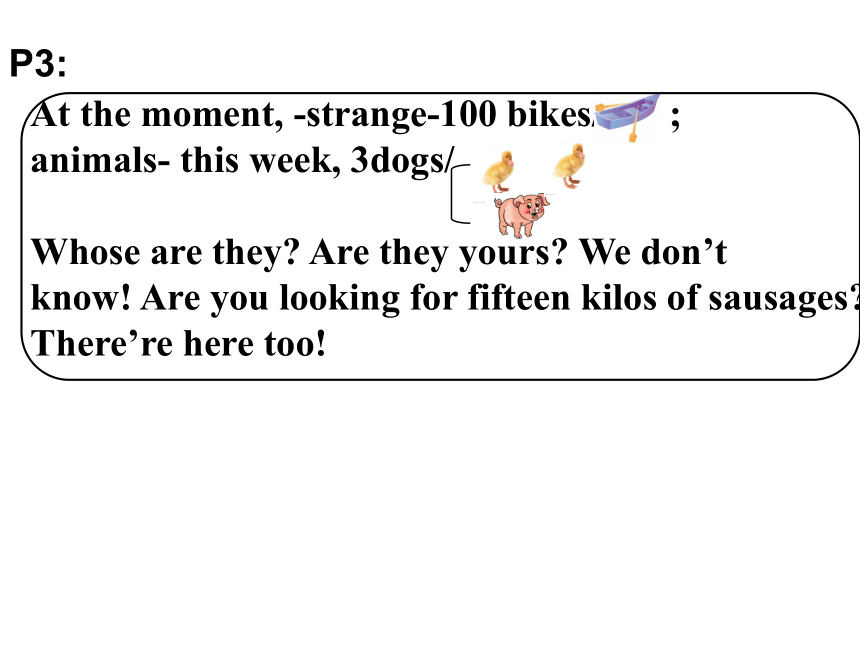
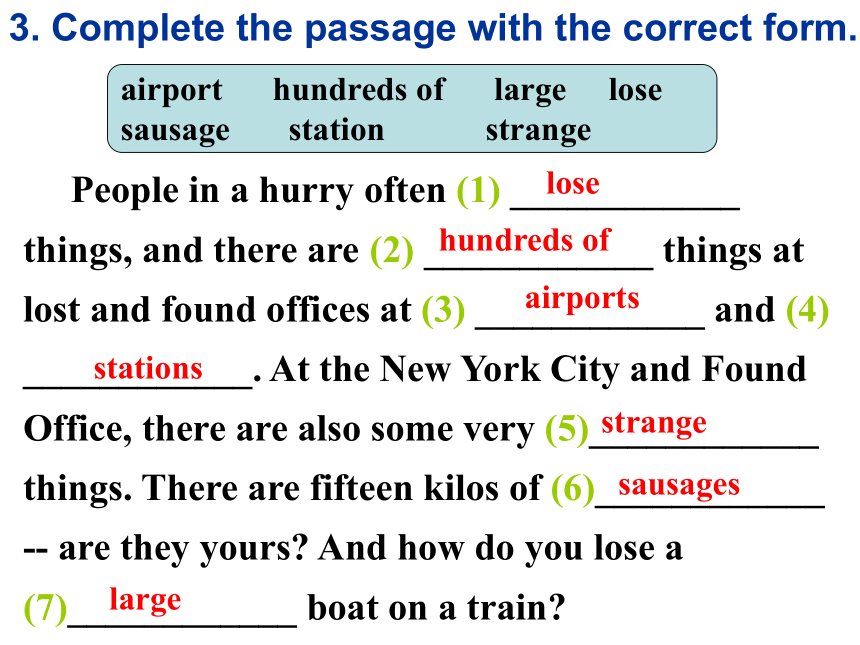


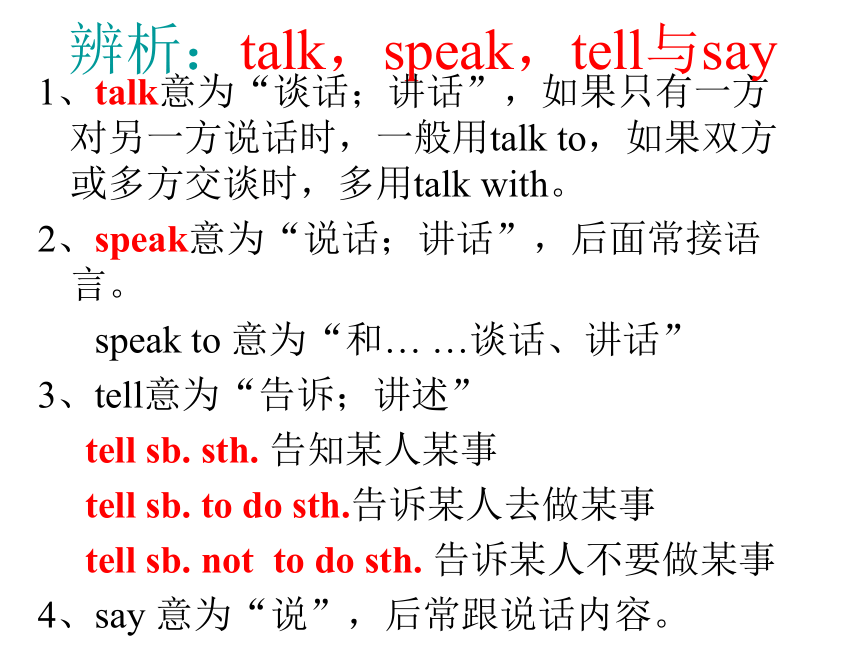
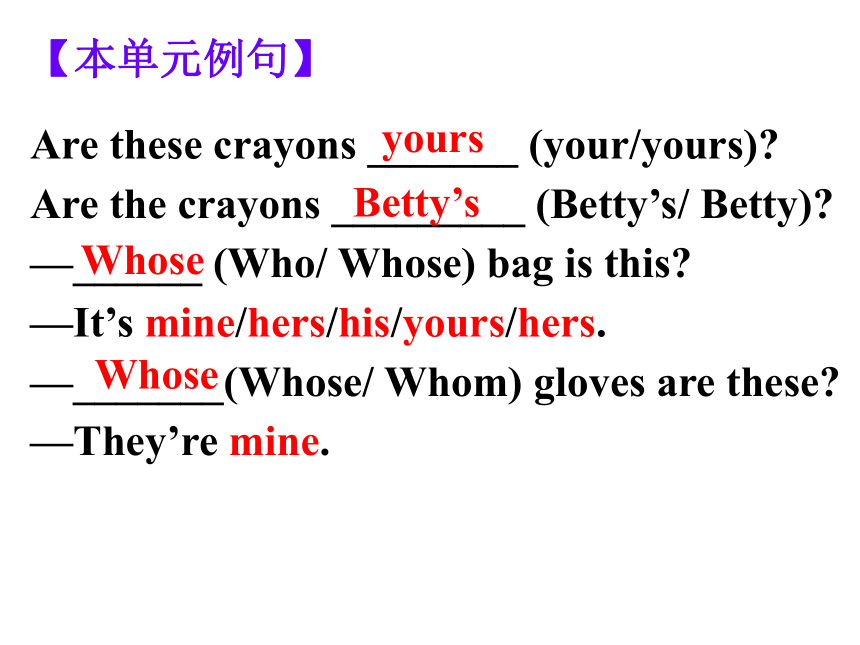
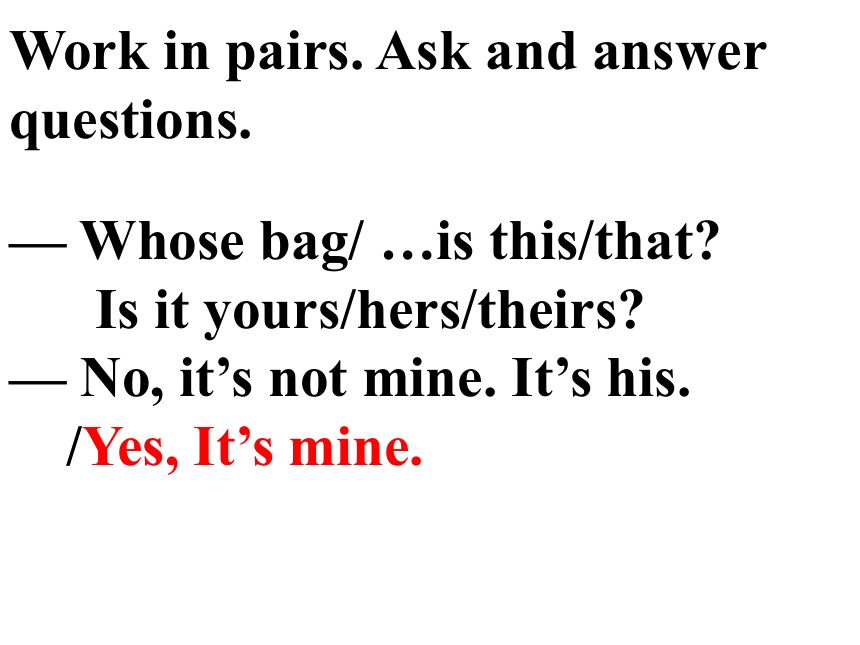
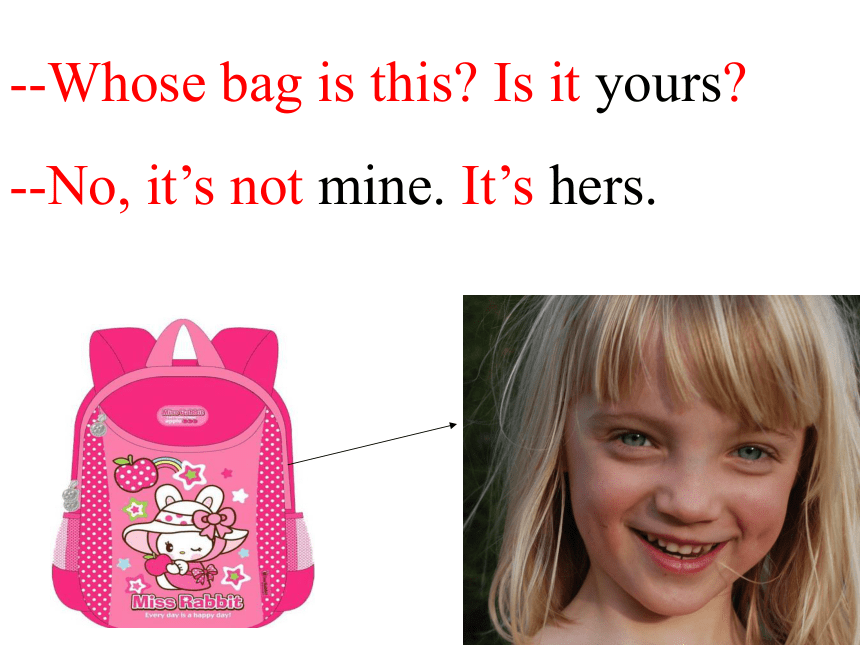
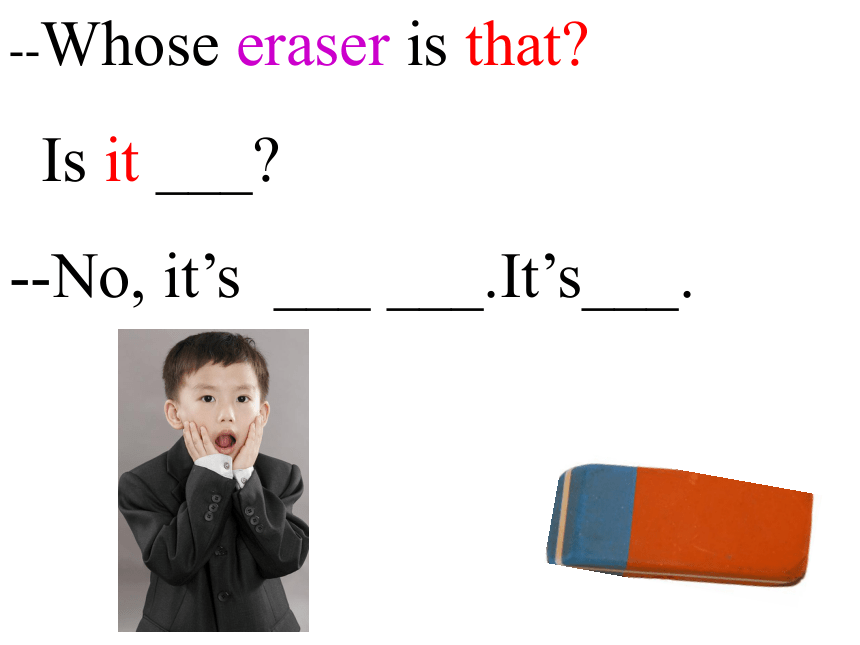

文档简介
课件38张PPT。Module 1
Unit3 Language in use when: travelling/in a hurry
lose where: leave .. on /trains/buses &in
-why there… at airports/stationsP1: size: big
doing: x100 people looking for
what: , , ,computers …
-have 2000 1000
P2:________to the New York City Lost and Found Office.Welcome At the moment, -strange-100 bikes/ ;
animals- this week, 3dogs/
Whose are they? Are they yours? We don’t
know! Are you looking for fifteen kilos of sausages?
There’re here too!
P3: People in a hurry often (1) ____________ things, and there are (2) ____________ things at lost and found offices at (3) ____________ and (4) ____________. At the New York City and Found Office, there are also some very (5)____________ things. There are fifteen kilos of (6)____________ -- are they yours? And how do you lose a (7)____________ boat on a train?3. Complete the passage with the correct form.airport hundreds of large lose
sausage station strangelose hundreds ofairportsstationsstrangesausages large 辨析 every day 和 everyday
every day 是副词词组,在句子中间做状语,表示“每天,天天”。
e.g.: We speak English every day.
everyday是形容词,在句子中只做定语,表示“日常的,每天的”。
e.g.: Let’s learn some everyday English.辨析:look for与find1、look for意为“寻找”,指有目的的找,强调“寻找”这一动作。
What are you looking for?你在找什么?
I’m looking for my bike.我在找我的自行车。
2、find意为“找到;发现”,强调“找”的结果,其宾语往往是某个丢失的东西或人。
I’m looking for my bag, but I can’t find it.
我找我的书包,但我没找到。 辨析:talk,speak,tell与say1、talk意为“谈话;讲话”,如果只有一方对另一方说话时,一般用talk to,如果双方或多方交谈时,多用talk with。
2、speak意为“说话;讲话”,后面常接语言。
speak to 意为“和… …谈话、讲话”
3、tell意为“告诉;讲述”
tell sb. sth. 告知某人某事
tell sb. to do sth.告诉某人去做某事
tell sb. not to do sth. 告诉某人不要做某事
4、say 意为“说”,后常跟说话内容。Are these crayons _______ (your/yours)?
Are the crayons _________ (Betty’s/ Betty)?
—______ (Who/ Whose) bag is this?
—It’s mine/hers/his/yours/hers.
—_______(Whose/ Whom) gloves are these?
—They’re mine.【本单元例句】yoursBetty’sWhoseWhoseWork in pairs. Ask and answer questions.— Whose bag/ …is this/that?
Is it yours/hers/theirs?
— No, it’s not mine. It’s his.
/Yes, It’s mine.
--Whose bag is this? Is it yours?
--No, it’s not mine. It’s hers.--Whose eraser is that?
Is it ___?
--No, it’s ___ ___.It’s___.
Lingling--Whose watch is it?
Is it yours, Lingling?
--Yes, it’s _____.--Whose crayons are these?
Are they yours, Liu Xing?
--No, they’re___ ____.They
are_____.--Whose football is it?
--It’s ______.--Whose gloves are those?
--They are_____.(我们的)
--Is the camera ____?
--No, it’s____.Zhang QiangTony1 Work in pairs. Ask and answer questions.bag camera crayons eraser football gloves wallet watch— Whose bag is this? Is it yours?
— No, it’s not mine. It’s his.3 Match the words from Box A with
the words from Box B.A her his your our my its
B his hers its mine ours yours3 Complete the sentences with the correct
form of the words from the box.1 — Is this ____ sweater, Daming?
— Yes, it is.
2 — Are these gloves _____, Betty?
— Yes, they are. your yours3 — ______ watch is this?
— It’s Tony’s.
4 — This wallet isn’t _____. Is it yours?
— Yes, it is. Thank you.
5 — Tony is looking for his crayons.
— Are these ___? Whose mine his6 — Is this bag Betty’s?
— No, it’s not ____. It’s Lingling’s.
7 — Is this the girl’s football?
— No, it’s not ___ football.
8 I can’t find ___ camera. Where is it?
9 — What’s the name of the dog?
— __ name is Blackie. hers her my Its语法总结It’s my book. = It’s mine.
It’s your hat. = It’s yours.
It’s his jacket. = It’s his.
It’s her ruler. = It’s hers.
It’s our football. = It’s ours.
It’s their notebook. = It’s theirs. 形容词性物主代词+名词
名词性物主代词后不跟名词Grammar名词性物主代词的用法表示所有关系的代词叫物主代词, 也可叫作代词所有格。可分为两种: 名词性物主代词和形容词性物主代词。请看下面表格:代词表格 名词性物主代词起名词的作用。为了避免重复使用名词,我们经常用名词性物主代词来代替“形容词性物主代词+名词”的形式。如:My pen is lost. May I borrow(借) yours (= your pen)?
—Is this camera yours?
—No, it’s hers.Is this your book or mine?
A friend of mine is coming to see me .★ 注意:
①可用名词所有格表示地点。
at my aunt’s 在我姑姑家
at the doctor’s 在医生的诊所
②如果并列名词各自所拥有某物,每个名词后都加’s; 若表示两人共同拥有的物品, 在最后一个名词后加’s。
Linda’s and Jim’s mothers
琳达和吉姆的妈妈
Lucy and Lily’s room
露西和莉莉的房间 Quiz一、单项填空。1. This is my book, that one is ___.
A. she B. her C. his
2. ____ pen is this?
A. Whose B. Who C. Who’s
3. This is not ____bag.
A. mine B. my C. he
4. ___ pencil is here, and ___ is there.
A. My, he B. Mine, his C. My, his
5. That is not ____ jacket.
A. yours B. hers C. his6. ___ school is big, but ___ is bigger than (比…..大)____.
A. Yours, our, your B. Your, our, your C. Your, ours, yours
7. A friend of ___ has gone(已经去)
to another(另一个) school.
A. me B. mine C. my
8. I want to know whose bike it is. It might (大概)be my__.
A. teacher’s B. teachers’
C. teachers9. –Where is Ms Li ?
--She is ______.
A. at the doctors’
B. at the doctor’s
C. at the doctor his
10. —My watch is new.
What about_____?
—Mine? Oh, it’s old.
A. Your B. hers
C. yours1. A: ______ jacket is this?
B: It’s _____ (我的), sir.
2. A: Is this ___ (他的)jacket?
B: Yes, it’s ___.
3. A: _____ football is this? Is it _____ (你的)?
B: No, it’s not _____. It’s ____ (她的).
4. A: Are these ____ (你们的) books?
B: No, they aren’t. They are_____ (他们的).WhoseminehishisWhoseyoursminehersyourtheirs二、根据汉语提示填空。三、完成对话。A: Is this ____ (you) camera?
B: No, it’s not ___(I) camera. ____ (I) is at home.
A: Whose camera is it?
B: Perhaps it’s Helen’s. It’s ____ (she).
A: Helen, is this camera _____ (you)?
C: Yes, it’s ___ (I) camera. Thank you.
A: Not at all. your my Mine hers yours myAround the worldThere are many lost
and found websites,
such as www.
lostandfound.com
and www.foundbin.com. You can’t find your dog, your cat, your favourite watch … or your brother? The Internet
lost and foundThey can help you find them! You can search “found items” or post your “lost items”. Go to these websites and find your things. 判断正(T)误(F)
( ??)1.?There are a lot of lost and found
websites online.
(?? )2.?You can buy dogs and cats at www.
lostandfound. com.
(? ?)3.?Maybe you can find your favourite
things at www. foundbin. com.
(? ?)4.?The Internet lost and found websites
can help you find your lost things.TFTTHomework完成作业本2.
完成倍速Unit2和当堂反馈Unit2。
背诵P5 短文3.
Unit3 Language in use when: travelling/in a hurry
lose where: leave .. on /trains/buses &in
-why there… at airports/stationsP1: size: big
doing: x100 people looking for
what: , , ,computers …
-have 2000 1000
P2:________to the New York City Lost and Found Office.Welcome At the moment, -strange-100 bikes/ ;
animals- this week, 3dogs/
Whose are they? Are they yours? We don’t
know! Are you looking for fifteen kilos of sausages?
There’re here too!
P3: People in a hurry often (1) ____________ things, and there are (2) ____________ things at lost and found offices at (3) ____________ and (4) ____________. At the New York City and Found Office, there are also some very (5)____________ things. There are fifteen kilos of (6)____________ -- are they yours? And how do you lose a (7)____________ boat on a train?3. Complete the passage with the correct form.airport hundreds of large lose
sausage station strangelose hundreds ofairportsstationsstrangesausages large 辨析 every day 和 everyday
every day 是副词词组,在句子中间做状语,表示“每天,天天”。
e.g.: We speak English every day.
everyday是形容词,在句子中只做定语,表示“日常的,每天的”。
e.g.: Let’s learn some everyday English.辨析:look for与find1、look for意为“寻找”,指有目的的找,强调“寻找”这一动作。
What are you looking for?你在找什么?
I’m looking for my bike.我在找我的自行车。
2、find意为“找到;发现”,强调“找”的结果,其宾语往往是某个丢失的东西或人。
I’m looking for my bag, but I can’t find it.
我找我的书包,但我没找到。 辨析:talk,speak,tell与say1、talk意为“谈话;讲话”,如果只有一方对另一方说话时,一般用talk to,如果双方或多方交谈时,多用talk with。
2、speak意为“说话;讲话”,后面常接语言。
speak to 意为“和… …谈话、讲话”
3、tell意为“告诉;讲述”
tell sb. sth. 告知某人某事
tell sb. to do sth.告诉某人去做某事
tell sb. not to do sth. 告诉某人不要做某事
4、say 意为“说”,后常跟说话内容。Are these crayons _______ (your/yours)?
Are the crayons _________ (Betty’s/ Betty)?
—______ (Who/ Whose) bag is this?
—It’s mine/hers/his/yours/hers.
—_______(Whose/ Whom) gloves are these?
—They’re mine.【本单元例句】yoursBetty’sWhoseWhoseWork in pairs. Ask and answer questions.— Whose bag/ …is this/that?
Is it yours/hers/theirs?
— No, it’s not mine. It’s his.
/Yes, It’s mine.
--Whose bag is this? Is it yours?
--No, it’s not mine. It’s hers.--Whose eraser is that?
Is it ___?
--No, it’s ___ ___.It’s___.
Lingling--Whose watch is it?
Is it yours, Lingling?
--Yes, it’s _____.--Whose crayons are these?
Are they yours, Liu Xing?
--No, they’re___ ____.They
are_____.--Whose football is it?
--It’s ______.--Whose gloves are those?
--They are_____.(我们的)
--Is the camera ____?
--No, it’s____.Zhang QiangTony1 Work in pairs. Ask and answer questions.bag camera crayons eraser football gloves wallet watch— Whose bag is this? Is it yours?
— No, it’s not mine. It’s his.3 Match the words from Box A with
the words from Box B.A her his your our my its
B his hers its mine ours yours3 Complete the sentences with the correct
form of the words from the box.1 — Is this ____ sweater, Daming?
— Yes, it is.
2 — Are these gloves _____, Betty?
— Yes, they are. your yours3 — ______ watch is this?
— It’s Tony’s.
4 — This wallet isn’t _____. Is it yours?
— Yes, it is. Thank you.
5 — Tony is looking for his crayons.
— Are these ___? Whose mine his6 — Is this bag Betty’s?
— No, it’s not ____. It’s Lingling’s.
7 — Is this the girl’s football?
— No, it’s not ___ football.
8 I can’t find ___ camera. Where is it?
9 — What’s the name of the dog?
— __ name is Blackie. hers her my Its语法总结It’s my book. = It’s mine.
It’s your hat. = It’s yours.
It’s his jacket. = It’s his.
It’s her ruler. = It’s hers.
It’s our football. = It’s ours.
It’s their notebook. = It’s theirs. 形容词性物主代词+名词
名词性物主代词后不跟名词Grammar名词性物主代词的用法表示所有关系的代词叫物主代词, 也可叫作代词所有格。可分为两种: 名词性物主代词和形容词性物主代词。请看下面表格:代词表格 名词性物主代词起名词的作用。为了避免重复使用名词,我们经常用名词性物主代词来代替“形容词性物主代词+名词”的形式。如:My pen is lost. May I borrow(借) yours (= your pen)?
—Is this camera yours?
—No, it’s hers.Is this your book or mine?
A friend of mine is coming to see me .★ 注意:
①可用名词所有格表示地点。
at my aunt’s 在我姑姑家
at the doctor’s 在医生的诊所
②如果并列名词各自所拥有某物,每个名词后都加’s; 若表示两人共同拥有的物品, 在最后一个名词后加’s。
Linda’s and Jim’s mothers
琳达和吉姆的妈妈
Lucy and Lily’s room
露西和莉莉的房间 Quiz一、单项填空。1. This is my book, that one is ___.
A. she B. her C. his
2. ____ pen is this?
A. Whose B. Who C. Who’s
3. This is not ____bag.
A. mine B. my C. he
4. ___ pencil is here, and ___ is there.
A. My, he B. Mine, his C. My, his
5. That is not ____ jacket.
A. yours B. hers C. his6. ___ school is big, but ___ is bigger than (比…..大)____.
A. Yours, our, your B. Your, our, your C. Your, ours, yours
7. A friend of ___ has gone(已经去)
to another(另一个) school.
A. me B. mine C. my
8. I want to know whose bike it is. It might (大概)be my__.
A. teacher’s B. teachers’
C. teachers9. –Where is Ms Li ?
--She is ______.
A. at the doctors’
B. at the doctor’s
C. at the doctor his
10. —My watch is new.
What about_____?
—Mine? Oh, it’s old.
A. Your B. hers
C. yours1. A: ______ jacket is this?
B: It’s _____ (我的), sir.
2. A: Is this ___ (他的)jacket?
B: Yes, it’s ___.
3. A: _____ football is this? Is it _____ (你的)?
B: No, it’s not _____. It’s ____ (她的).
4. A: Are these ____ (你们的) books?
B: No, they aren’t. They are_____ (他们的).WhoseminehishisWhoseyoursminehersyourtheirs二、根据汉语提示填空。三、完成对话。A: Is this ____ (you) camera?
B: No, it’s not ___(I) camera. ____ (I) is at home.
A: Whose camera is it?
B: Perhaps it’s Helen’s. It’s ____ (she).
A: Helen, is this camera _____ (you)?
C: Yes, it’s ___ (I) camera. Thank you.
A: Not at all. your my Mine hers yours myAround the worldThere are many lost
and found websites,
such as www.
lostandfound.com
and www.foundbin.com. You can’t find your dog, your cat, your favourite watch … or your brother? The Internet
lost and foundThey can help you find them! You can search “found items” or post your “lost items”. Go to these websites and find your things. 判断正(T)误(F)
( ??)1.?There are a lot of lost and found
websites online.
(?? )2.?You can buy dogs and cats at www.
lostandfound. com.
(? ?)3.?Maybe you can find your favourite
things at www. foundbin. com.
(? ?)4.?The Internet lost and found websites
can help you find your lost things.TFTTHomework完成作业本2.
完成倍速Unit2和当堂反馈Unit2。
背诵P5 短文3.
同课章节目录
- Module 1 Lost and found
- Unit 1 Whose bag is this?
- Unit 2 Are they yours?
- Unit 3 Language in use
- Module 2 What can you do ?
- Unit 1 I can play the piano
- Unit 2 I can run really fast
- Unit 3 Language in use
- Module 3 Making plans
- Unit 1 What are you going to do at the weekends?
- Unit 2 We're going to cheer the players.
- Unit 3 Language in use
- Module 4 Life in the future
- Unit 1 Everyone will study at home
- Unit 2 Every family will have a small plane.
- Unit 3 Language in use
- Module 5 Shopping
- Unit 1 What can I do for you?
- Unit 2 You can buy everything on the Internet
- Unit 3 Language in use
- Module 6 Around town
- Unit 1 Could you tell me how to get to the Nationa
- Unit 2 The London Eye is on your right.
- Unit 3 Language in use
- Revision module A
- Module 7 My past life
- Unit 1 I was born in a small village.
- Unit 2 I was born in Quincy.
- Unit 3 Language in use
- Module 8 Story time
- Unit 1 Once upon a time….
- Unit 2 Goldilocks hurried out of the house.
- Unit 3 Language in use
- Module 9 Life history
- Unit 1 He left school and began work at the age of
- Unit 2 He decided to be an actor.
- Unit 3 Language in use
- Module 10 A holiday journey
- Unit 1 What did you do?
- Unit 2 This morning we took a walk.
- Unit 3 Language in use
- Module 11 Body language
- Unit 1 They touch noses!
- Unit 2 Here are some ways to welcome them.
- Unit 3 Language in use
- Module 12 Western music
- Unit 1 It's so beautiful!
- Unit 2 Vienna is the centre of European classical
- Unit 3 Language in use
- Revision module B
